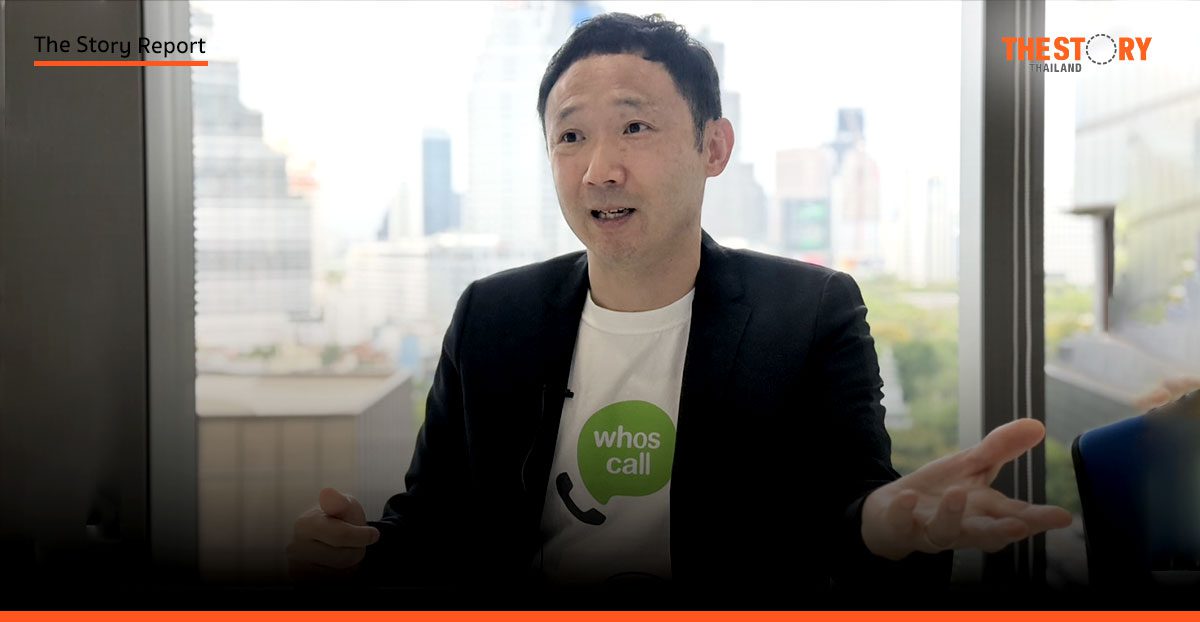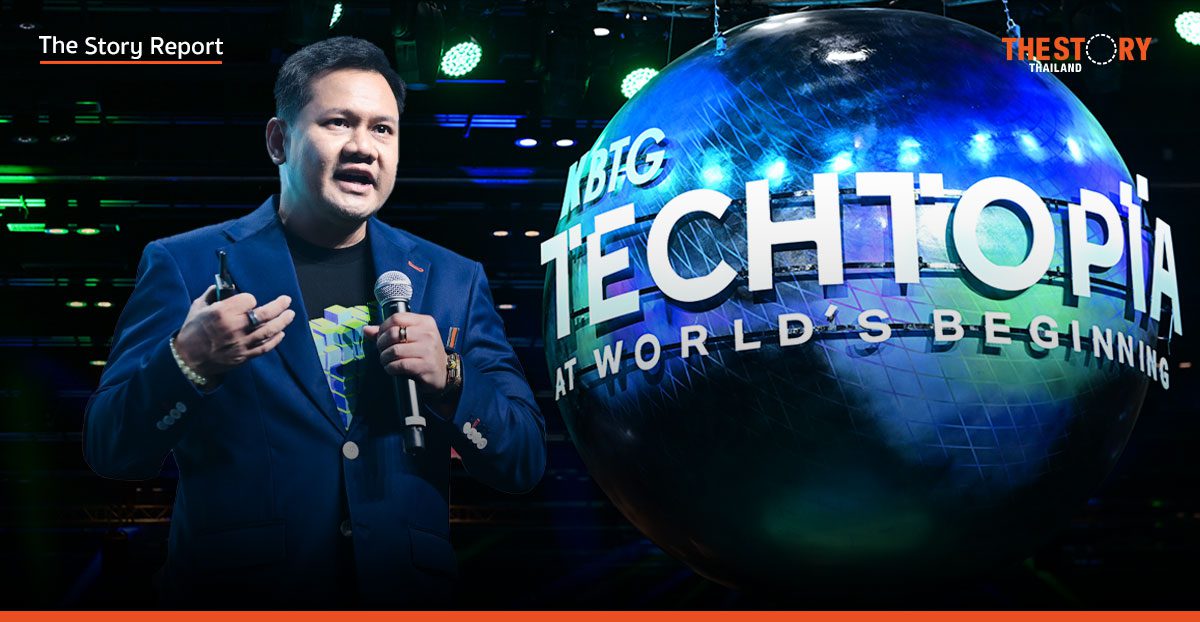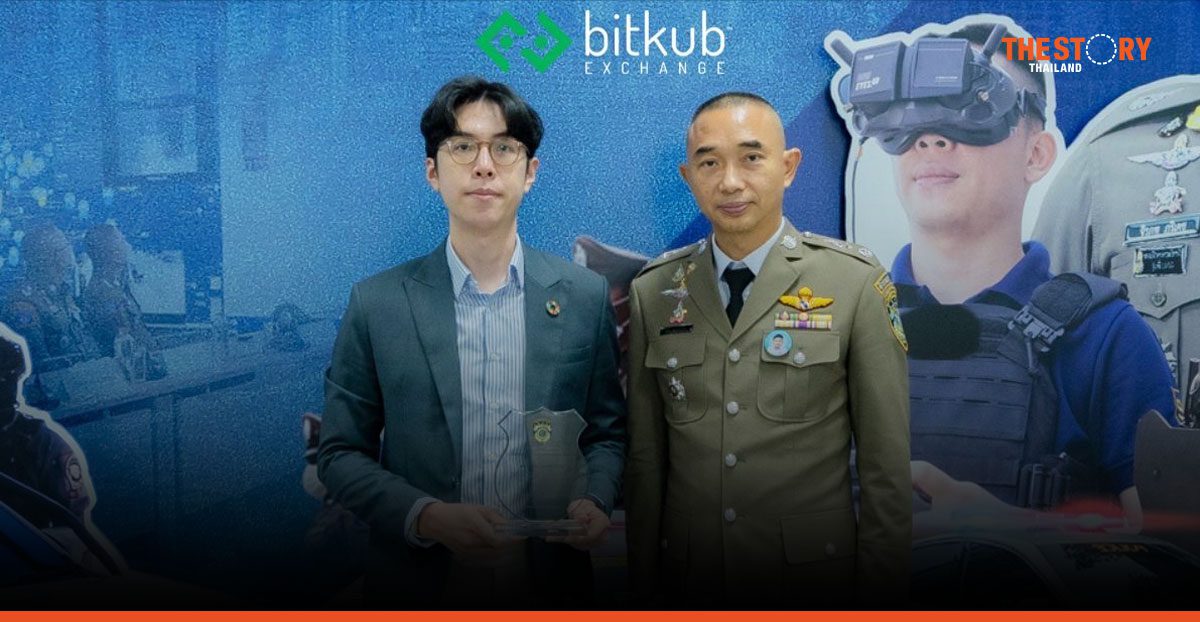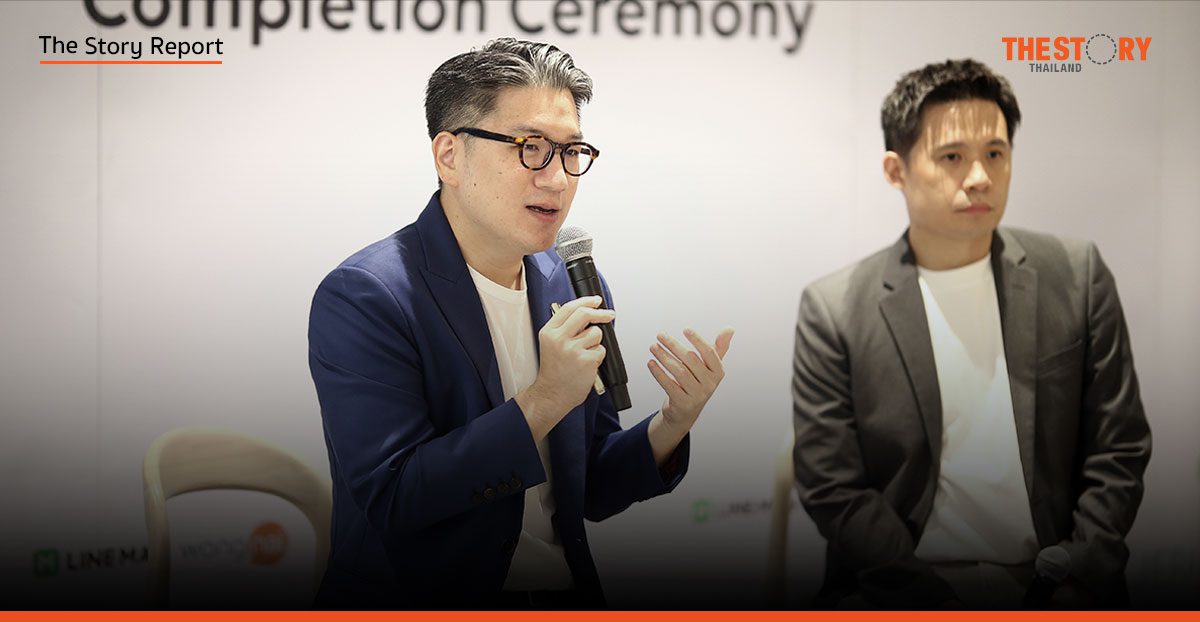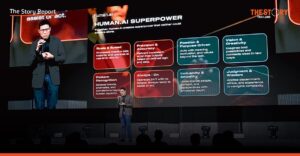In an era where digital communication is ubiquitous, trust has become a fragile commodity. Picking up an unknown call or clicking an unfamiliar link often comes with hesitation, a stark contrast to the open communication enjoyed decades ago. Addressing this erosion of trust is the core mission of Gogolook, a “Trust Tech” company headquartered in Taiwan.
Manwoo Ju, Chief Executive Officer, Gogolook Thailand, who has been with the company for over a decade and also leads its recently established Thailand office, told The Story Thailand “Our vision is to build trust on all communications. Twenty, thirty years ago, people freely enjoyed communications without hesitation. Now, they hesitate because they cannot trust who’s calling. Businesses also struggle to reach customers properly due to this lack of trust.”
Gogolook aims to give confidence back to users, business owners, and public sector entities in their digital interactions.
Whoscall: The Flagship Defender
At the heart of Gogolook’s offerings is Whoscall, an application familiar to millions. “Whoscall is our iconic service,” Ju said. “It identifies who’s calling, allowing people to freely enjoy phone calls again.” By showing whether an incoming call is legitimate (like a hospital confirming an appointment) or suspicious, Whoscall empowers users to decide whether to engage. Globally, the app boasts over 100 million downloads, with Thailand contributing significantly with over 25 million downloads.
However, the fight against scams extends beyond phone calls. “Scammers try to find loopholes to trick citizens extending their scenarios from phone calls and SMS to social media and any communication area,” Ju observes. In response, Whoscall has evolved. “We developed features that can detect whether people are landing on malicious websites,” he added, protecting users from phishing links often sent via SMS or social media.
Expanding the Arsenal: Solutions for Businesses and Society
Recognizing that businesses and public institutions are also targets and sometimes unwitting conduits for scams, Gogolook developed solutions beyond the consumer-facing app including Scam Advisor & B2B Solutions, Watchman, and Scam Alert System.
Scam Advisor & B2B Solutions, this suite helps enterprises screen interactions for fraud. In banking, many scammers use ‘mule accounts’ referring to accounts opened under false pretenses.
“We can help banks screen out these kinds of accounts,” Ju said.
This service, acquired through the European company Scam Advisor last year, provides crucial scam domain databases used even by tech giants like Google and Meta. It operates primarily on a Software-as-a-Service (SaaS) subscription model.
Watchman solution tackles brand impersonation. Scammers often pretend to be banks, government agencies, or well-known companies.
“Watchman monitors social media content, SMS, and phone calls to detect if scammers are illegitimately using a brand’s name,” says Ju.
This proactive monitoring allows organizations to take action before widespread damage occurs and victims start blaming the impersonated entity.
Scam Alert System focused on education and timely warnings, this system notifies users about emerging scam trends.
“Education is very important. No matter how good a solution we have, if people don’t know what the scam is, they’ll easily get tricked,” said Ju.
This system relies on collaboration with government and private sector partners to identify and disseminate information about current threats, such as the post-disaster scams observed after earthquakes where fraudsters pretend to be victims seeking aid.
Interestingly, Gogolook even configured this system to potentially broadcast earthquake alerts in Thailand if magnitudes exceed a certain threshold, demonstrating a broader commitment to societal well-being.
Data, Technology, and Collaboration: The Engine Behind the Shield
Gogolook’s effectiveness hinges on robust data and smart technology. Data comes from several key sources including user reports as the most important data asset that users actively report scam numbers and messages; government databases; AI Detection – identifies patterns indicative of scams, such as a single number making an unusually high volume of calls in a short period or websites with suspicious domain characteristics; and third-party providers who also supply their internal databases.
Collaboration is crucial not just for data but also for implementation and education. Gogolook works closely with the government agencies, banks, and telcos for educational campaigns and sharing threat intelligence.
As a founding member of Global Anti-Scam Alliance (GASA), Gogolook shares and receives global insights, recognizing that scammers often replicate successful tactics across borders.
Market Strategy and The Thai Opportunity
While Gogolook operates globally, Southeast Asia – particularly Thailand, Malaysia, and the Philippines – is a key focus. The establishment of a formal entity in Thailand last year underscores this commitment.
“Thailand’s digital landscape is advanced including the convenience of PromptPay, e-commerce, and digital banking. But this convenience also brings risks,” said Ju.
The company sees significant potential in Thailand, driven by the large, digitally active population.
“From this year, we believe Whoscall’s Thailand business [in terms of user engagement/potential] will exceed Taiwan’s,” said Ju.
The business model relies on B2C (Whoscall ads and premium subscriptions offering features like auto-blocking and ID security checks) and B2B (SaaS subscriptions for solutions like Scam Advisor and Watchman).
Currently, B2C forms the larger revenue share (around 80-90%), but the B2B segment, launched more recently, is showing positive traction and is expected to grow significantly, particularly targeting banking, telecom, and major brands concerned with reputation protection.
Challenges: The Evolving Threat
The primary challenge remains the scammers themselves. Scamming has become another industry. Referencing estimates that global scam losses approach $1 trillion USD annually.
“Scammers evolve. They use AI. They even build ‘Scam-as-a-Service’ platforms,” said Ju.
The rise of AI presents a double-edged sword. While Gogolook leverages AI for detection, scammers use it for creating sophisticated deepfakes and voice cloning.
“We need to catch up quickly, even earlier than the scammers,” said Ju.
This involves continuous technological investment (over 60% of Gogolook’s 250+ employees are engineers, focusing on data and mobile development) and doubling down on digital literacy efforts.
Looking Ahead: A Community Effort
For the next five years in Thailand, Ju envisions Whoscall not just as an app but as a community hub.
“I hope every mobile user uses Whoscall and becomes part of the community, contributing together. Alone, it’s hard to protect against scams. If all Thai mobile users fight together, we can drive out scam cases,” Ju said.
This requires balancing social responsibility with the need to operate a sustainable business. It also means continuously localizing features to address specific pain points, like Thailand’s significant issue with call center gangs, by enhancing Whoscall’s detection accuracy and user experience, particularly for vulnerable groups like seniors.
“We want to provide more impactful service and help people. But Gogolook alone cannot do it. We always open our door, inviting partners – public, private sector, and our users. Let’s support society together,” said Ju.
‘Digital with a human touch’ is Pi Securities’ winning combination, says CEO
KBTG supports the MIT Media Lab’s AHA Program


